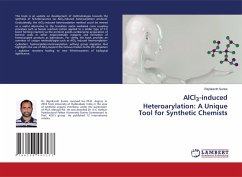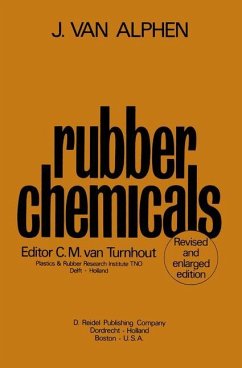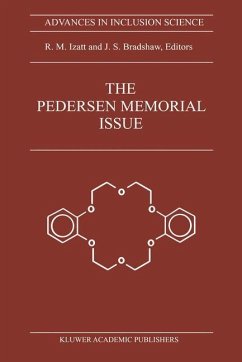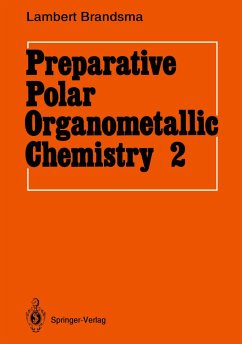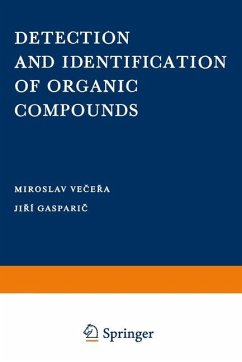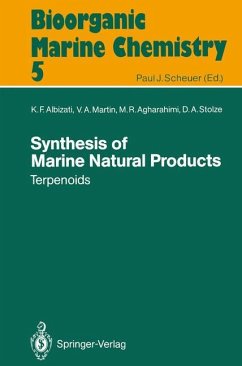
Liquid-phase alkylation of phenol
The Heterogenization of Sulfanilic and Sulfonic Acids and their Catalytic Activity in the Liquid-Phase Alkylation of Phenol
Versandkostenfrei!
Versandfertig in 6-10 Tagen
59,00 €
inkl. MwSt.

PAYBACK Punkte
0 °P sammeln!
Alkylation of phenol has been a subject of interest due to its industrial importance. In this book, the new mesoporous silica modified with sulfanilic and sulfonic acids was synthesized by using rice husk ash (RHA) as the silica source and used to study the liquid-phase alkylation of phenol with tert-butanol (TBA) as an alkylating agent. The 29Si MAS NMR showed the presence of T2, T3, Q3 and Q4 silicon centres. The 13C MAS NMR confirmed that RHABzSO3H had three chemical shifts consistent with the three carbon atoms of the propyl group and a series of chemical shifts consistent with the presenc...
Alkylation of phenol has been a subject of interest due to its industrial importance. In this book, the new mesoporous silica modified with sulfanilic and sulfonic acids was synthesized by using rice husk ash (RHA) as the silica source and used to study the liquid-phase alkylation of phenol with tert-butanol (TBA) as an alkylating agent. The 29Si MAS NMR showed the presence of T2, T3, Q3 and Q4 silicon centres. The 13C MAS NMR confirmed that RHABzSO3H had three chemical shifts consistent with the three carbon atoms of the propyl group and a series of chemical shifts consistent with the presence of the aromatic ring. The activity of the catalysts for the tert- butylation of phenol and some substituted phenols and derivatives of alcohol were observed to be positively influenced with increasing reaction temperature. However, the highest catalytic conversion (98 %) was observed over RHAPrSO3H whereas highest selectivity was for 2-tert-butylphenol followed by 4-tert- butylphenol. The catalyst can be reused several times without significant loss of catalytic activity.




